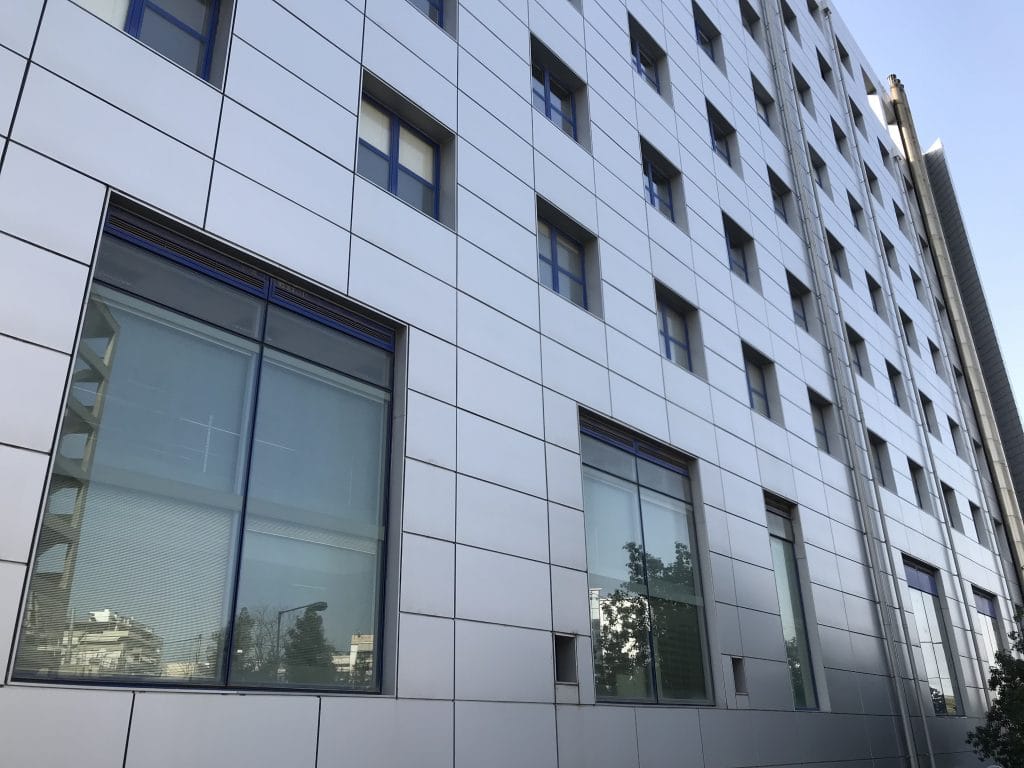So you’ve decided to clad that new construction project using some sleek and sturdy aluminum bonded panels, eh? Wise choice – that combo of light weight yet heavy-duty durability makes for some seriously smart siding.
But before you start slapping those aluminum composite panels up all willy-nilly, you’d better pump the brakes. This specialty material requires some particular know-how to install correctly and avoid potential pitfalls. Trust me, I’ve seen one too many aluminum bonded panel jobs go awry from cowboy tactics. You better consider buying lightweight and strong aluminium bonded panels by HVG Facades.
Do yourself a favor and absorb these 5 crucial tips for handling aluminum composite material installations like a pro:
Tip #1: Understand the Makeup and Limitations
Just to level-set, let’s quickly review what these aluminum bonded panels even consist of. At their core lies two super-thin aluminum skin layers bonded to a lightweight core material like plastic or mineral fill. Simple enough, right?
Well, that makeup is precisely why they can’t just be installed using standard methods. These panels lack the beefy structural integrity of solid aluminum alone. You’ll need special reinforced sub-framing systems to provide necessary rigidity and weight disbursement.
Without properly engineered sub-framing in place, these otherwise burly aluminum bonded panels can catastrophically buckle, bow or basically disintegrate under their own weight and exposure elements. So mind those load-bearing requirements from the get-go!
Tip #2: Allow for Heat Expansion and Contraction
One of aluminum bonded panels’ biggest perks? Their miraculous ability to withstand temperature extremes without warping, cracking or degrading. But that thermal resilience is a double-edged sword when it comes to installation.
See, while aluminum panels can brush off hot or cold fluctuations without taking damage, the metal itself expands and contracts way more than basically any other building material on the planet. If not properly accounted for, that expansion/contraction cycle will create separation gaps between adjoining panels. Unsightly, right?
Nipping this in the bud takes some mindful spacing and sub-framing flexibility built right into the installation approach. Make note of the manufacturer’s required tolerances for all expected temperatures! Otherwise you’re looking at some inevitable “aluminum smile” gaps down the line.
Tip #3: Follow Proper Routing and Fabrication Practices
Another reason not to tackle aluminum bonded panel installations half-cocked? This material demands much tighter fabrication and on-site modification tolerances compared to wood, steel or vinyl siding setups.
Drilling holes, making cuts, routing channels – the list goes on. There’s very little margin for imprecision on this type of work before compromising an aluminum panel’s structural integrity. Sloppy tools and technique lead to delamination, cracking and ugly burring real fast. Not a good look!
The golden rule is always following panel manufacturers’ best practices and specialized tooling recommendations to a T. Skipping those guidelines in the name of saving time or money guarantees shoddy results.
Tip #4: Correctly Specify Fasteners, Flashings and Sealants
When working with aluminum bonded panels, know that not just any old screw or waterproofing accessory will do. Due to chemistry interactions, the wrong material specs can lead to ugly staining, pitting or galvanic corrosion over time.
For securing these aluminum composites, most manufacturers recommend stainless steel or cadmium plated carbon fasteners for corrosion resistance. Flashing and waterproofing sealants should always be specific types compatible with aluminum that won’t cause degradation down the road.
Of course, make sure to consider environmental factors like coastal air salinity when selecting optimal hardware. Cutting corners on those specifications is just asking for premature cladding failure.
Tip #5: Mind the Design Pressures and Geometry
Here’s a often-overlooked caveat that frequently trips up even experienced aluminum panel installers: Wind load and geometric constraints can totally flip the installation script!
See, while aluminum composites generally lighten structural demands compared to heavier metal panels, their strength-to-weight ratio and wind resistance drastically drops off on larger expanses, multi-story installations or complex design geometries. The bigger the continuous surface area, the more likely oil-canning or fastener pullout can occur.
So for low-rise jobs with simple square footprints, bonded panels provide awesome durability for less cost. But for larger structures or tricky surfaces involving curves and corners? You’ll likely need to supplement installation with more hefty load-bearing support systems.
Some homework crunching those wind loads and spans upfront can pay major dividends in long-term aluminum composite performance and stability. Never cut corners on engineering the proper geometrics!
Between their light weight, contemporary aesthetics and heavy-duty elemental protection, aluminum bonded panels truly are a stellar cladding choice. But you’ve gotta respect the nuances and plan from the get-go with careful consideration. Follow these tips to make those aluminum siding installs glide smoothly every time!
